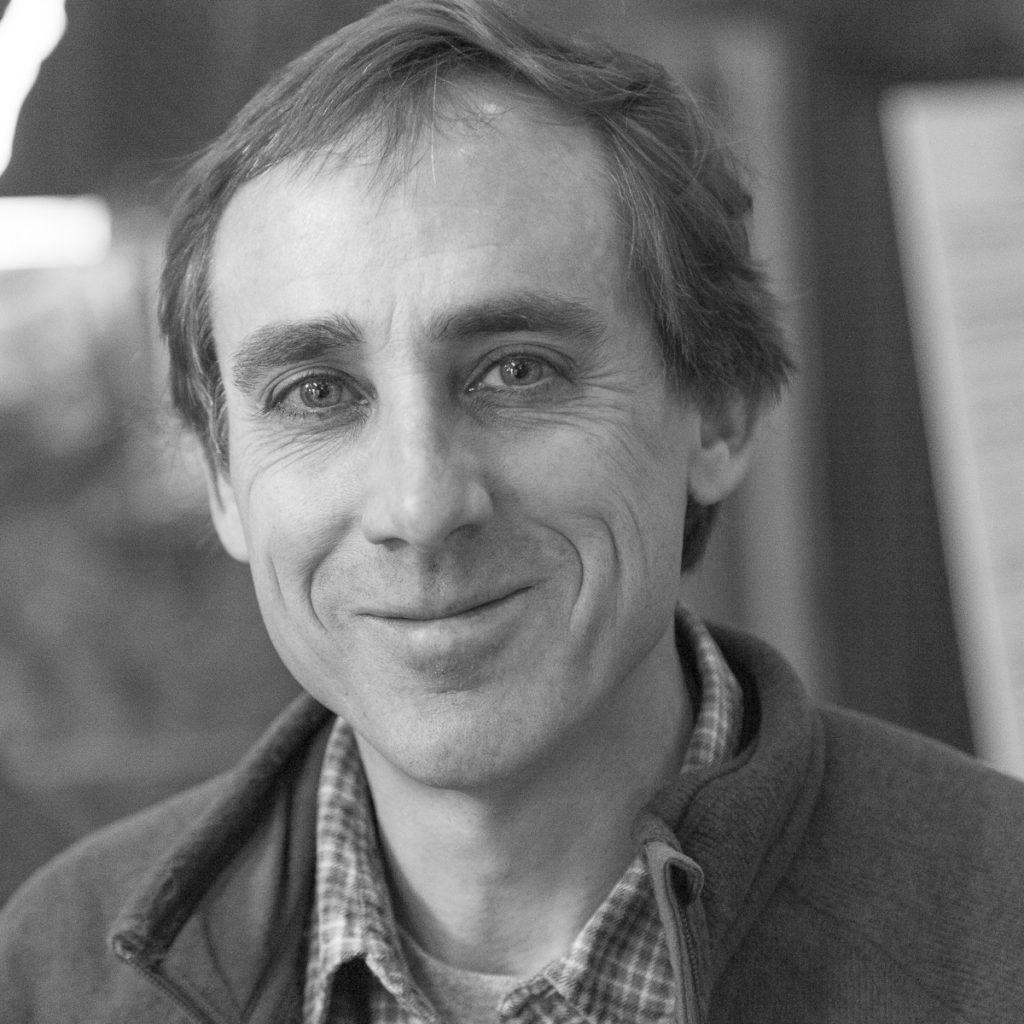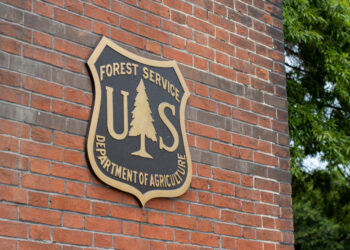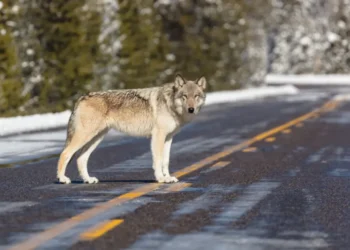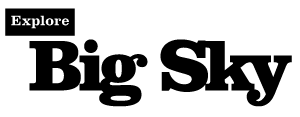“As you walk upon the sacred earth, treat each step as a prayer.”
– Black Elk (Lakota)
By Todd Wilkinson EBS COLUMNIST

What are the things we hold as being sacred in Nature? Can it be a rock, a view, the howl of a wolf or something unexplainable that one could call mystic?
In our America where everyone has an opinion about everything, such a question is a perfect set up for attracting sophomoric snark and trolls on social media.
I remember the 1980s when Wyomingite James G. Watt was the U.S. Interior Secretary who touted his identity as a born-again Christian. It was implied by Watt and many in those days that the only valid way of pondering spiritual connections was by filtering them through Biblical scripture.
Those with differing ways of venerating Nature, apart from the Old and New testaments, were considered pagans; whether you were Indigenous or not, it was considered foreign to hold the wholeness of the Earth itself as sacred.
The point being that reverence which did not flow through a church sanctuary was trivialized as unconventional, oddball or demonic. By extension, in order to invalidate their veneration of Nature, environmentalists who recognized a kind of creational divinity were dismissed as being “people who aren’t like us.”
In those years, most members of Congress, when debating over whether to protect special places, only embraced notions of sacredness if they conformed to Judeo-Christian beliefs.
Fast forward: the U.S. has the largest Christian population in the world. According to a 2020 survey by the Pew Research Center, 65 percent of adults in the U.S. identify as Christians, down from almost 82 percent in 2001 and 85 percent in 1990. This means that more than one-third of American adults today do not belong to a particular Christian religious faith. Unknown is how many of those active Christians are practicing, as in going to church, let alone abiding by the teachings of Jesus.
So let’s return to the subject of sacredness again, in particular those things or places we hold as being inviolate, meaning places that are free or safe from injury or desecration. Most would agree on these: places of religious worship, cemeteries, battlefields, schools where our vulnerable children go to learn and one might also suppose pillars of our nation and form of government, as in, say, the U.S. Capitol.
Why do some things qualify as sacred but not others? Why there, but not, say, Greater Yellowstone?
Why is some water holy, but other bodies of water used as places for discharging waste are in need of laws to protect them from violation? Why aren’t public lands holding all of their original nonhuman species before Christians arrived in North America given sacred status and protection?
Why is sanctity granted to some life forms but not others? Why is the wilderness of the Holy Book vaunted as a place of revelation by God and therefore hallowed, yet the same kind of wilderness where masses of people do not go is considered “underutilized” or “locking people out” of its exploitation? Why is it considered strange to approach the mountains with humility rather than with conquering intentions and yet it’s more socially venerated to marvel about creation while sitting quietly in a pew?
On the other hand, where does one person’s notion of heresy begin and another’s end? You may have read the recent story in The New York Times about how toad populations in the Sonoran Desert, along the U.S. border with Mexico, are in decline from a number of causes including humans milking them for
their venom.
The story was headlined: “Demand for this Toad’s Psychedelic Venom is Booming. Some Warn that’s Bad for the Toad.” You need to visit The Times website and see the photos.
The gist, which actually serves as a metaphor for our appetite of consuming—and destroying—a lot of things in Nature, goes like this: This species of desert toad (Incilius alvarius) is in decline because spiritualists insist on exploiting it.
Extracted toad venom, after drying, is smoked or ingested as a psychotropic to help heal trauma, anxiety, depression and deliver visions. Some of the so-called leaders of the churches involved, who believe toad venom is sacred medicine, refuse to use synthetic alternatives even though they know it’s taking a toll
on toads.
One church in Texas reportedly charges $250 for a venom ceremony and its leader derided “green movement people” for wanting to protect the toads from exploitation.
Toads, which can reach ages of 20, already are listed as “threatened” in New Mexico with collection of toads for religious/commercial purposes being one of the contributing threats. Practitioners, according to The Times, call toad venom “the ‘God molecule,” likening its use to a “religious experience.” One person interviewed, who has adopted a Mayan name, says venom users “foam at the mouth” and “feel like they are dying before returning to life.”
If you find the toad story “strange,” remember that Christian evangelicals, part of the “Holiness movement,” use serpent handling as a rite during worship services, and so have the Hopi per ancient custom.
What kind of religion would knowingly sacrifice the sacred beings that deliver enlightenment?
The plight of toads are mere metaphors for how a lot of us exploit Nature for spiritual reasons yet when we use it up, the holy vanishes. What does it say about our unwillingness to hold up most things as inviolate?
Todd Wilkinson is the founder of Bozeman-based Mountain Journal and a correspondent for National Geographic. He authored the book “Grizzlies of Pilgrim Creek,” featuring photography by famed wildlife photographer Thomas D. Mangelsen, about Grizzly Bear 399.














